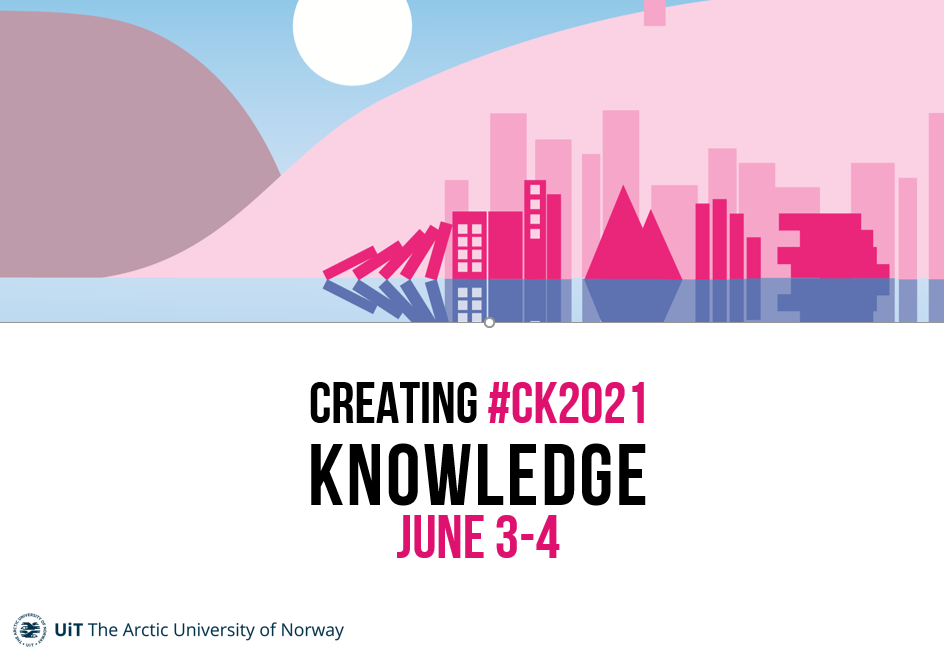Plagiarism and its paradoxes
Time for reconsideration
DOI:
https://doi.org/10.7557/5.5853Keywords:
plagiarism, academic writing, technologyAbstract
Dealing with plagiarism can be seen as a track race where the speed is infinitely increasing. Participants in the race are students and faculty, but also software developers, university administrators, academic developers and libraries – with authors as passive bystanders. In this setting, the technological opportunities for manipulating other people’s work are always miles ahead of the available tools for detecting plagiarism. Moreover, with the introduction of AI in the academic world, plagiarism itself is becoming a muddled category. Consider for example software like Keenious that is being promoted to and via university libraries. This software is introduced with the following teaser: “Writing a paper? Planning an essay? Searching for references can waste hours of your time”. But as Keenious “analyses your entire text and browses through millions of articles, papers, and studies on the web to find the most relevant information in seconds”, you can “say goodbye to hours of manual research.”With programs like this the need to search, read and not least engage with difficult text material disappears. Using algorithms, the most “relevant” references can be produced and sprinkled across the text like cake decoration. In contrast to classical plagiarism, however, the problem is not the absence of references but rather the opposite. As an effect, papers will be produced that are difficult to grade and even more difficult to provide with meaningful feedback. Indeed, it could be argued that for many digital tools the amount of work that is saved in the short term often returns in more complicated forms; in this case for the teacher who is expected to offer meaningful feedback to products that are half-way machine-generated. Inside this landscape, offering moral pep-talks for students where plagiarism is presented as a kind of theft arguably misses the target. In this roundtable we will discuss these developments from various professional perspectives, including a reconsideration of the notion of plagiarism itself.





